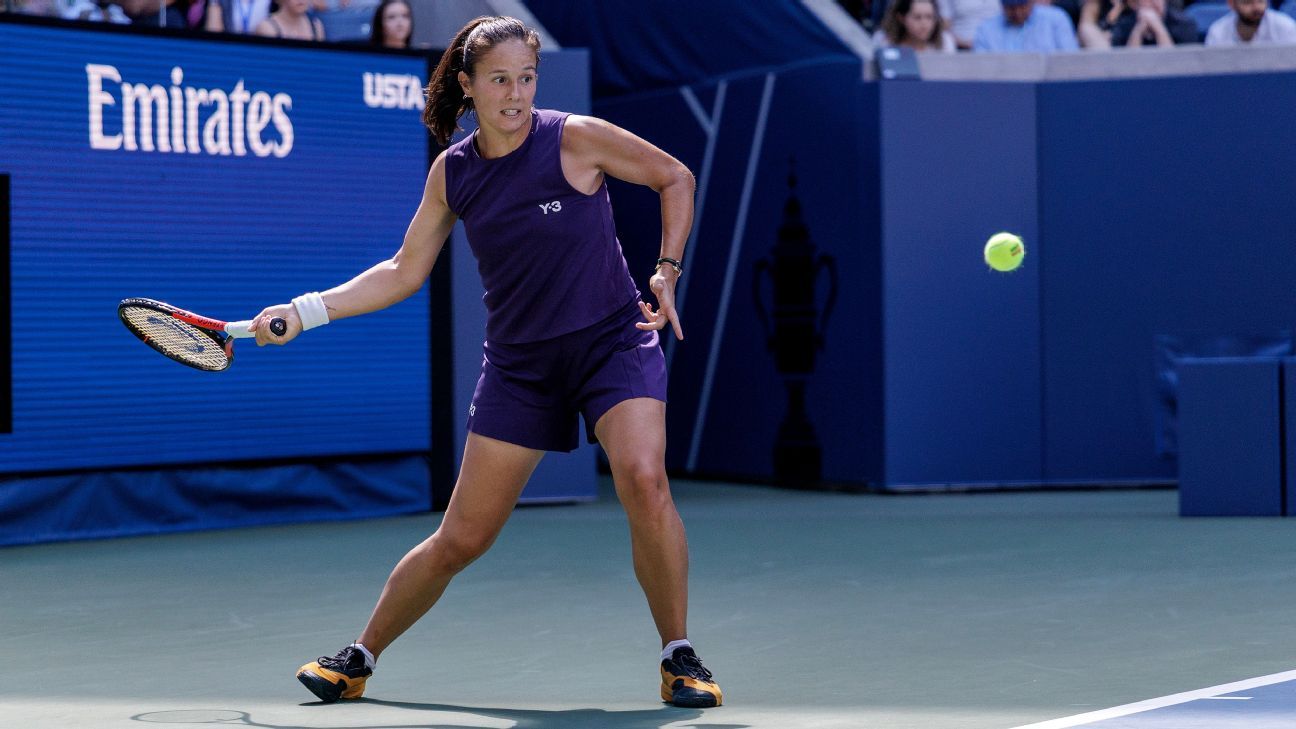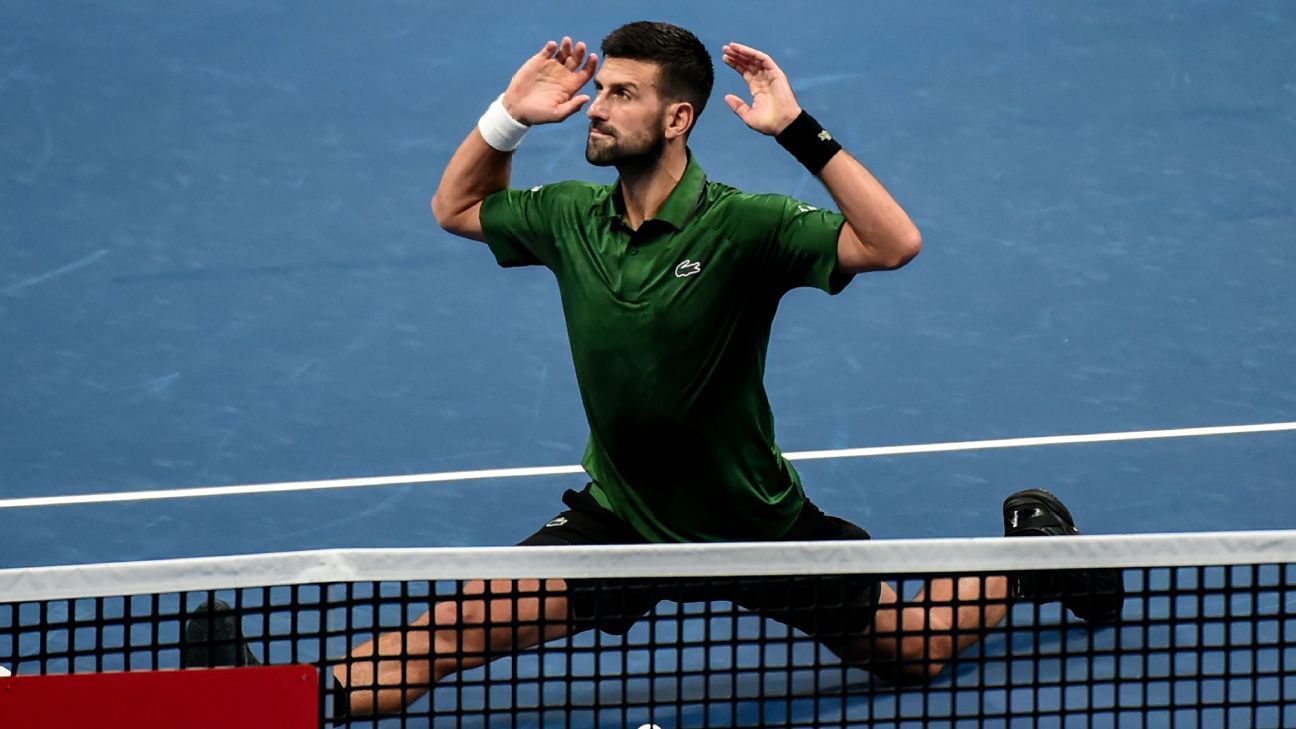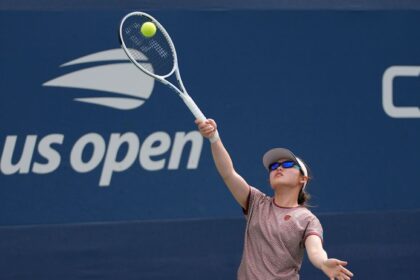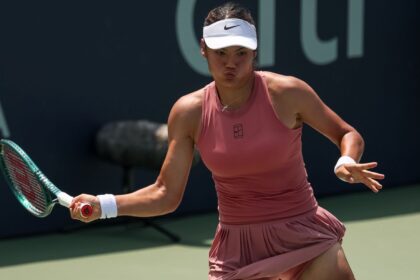Professional Tennis: A Grueling Schedule and the Quest for Balance
The 2024 professional tennis season officially ended on December 22nd, but the next one was already underway. The circuit, known for its intensity and fast pace, faces a growing debate about the duration and demands of its calendar. Renowned players are speaking out, calling for necessary rest and a restructuring that prioritizes their physical and mental well-being. The start of the 2025 season began on December 27th with the United Cup in Australia. The proximity between the end of one season and the beginning of the next leaves little room for rest and preparation, which intensifies stress and fatigue among athletes.The complaints about the length of the season and the need to travel constantly have intensified in recent years. Alex de Minaur attributed his early elimination at Roland Garros to feeling “exhausted”. Iga Swiatek criticized the intensity of the calendar, and other players such as Frances Tiafoe, Danielle Collins, Jack Draper and Daria Kasatkina, ended their seasons early due to injuries and mental exhaustion.“I don’t know how the ’25 season starts in ’24. It’s a joke,” commented Jordan Thompson, 2024 US Open doubles champion.
Jordan Thompson
The image of Daria Kasatkina on social media.“The truth is that I have reached a breaking point and I can’t continue. I need a break. A break from the monotonous daily routine of life on the circuit, the suitcases, the results, the pressure, the same faces (sorry, girls), everything that this life entails,” wrote Daria Kasatkina on social media.
Daria Kasatkina

The player returned home at the end of November and had to travel to Australia on December 21, which gave him little time to rest and prepare. Novak Djokovic, world number one, chose to play only the most important tournaments, prioritizing time with his family. However, the demands of the calendar affect all players.“There is no off-season, and if you are a top player, you actually have even less off-season,” Fritz stated.
Taylor Fritz

“The WTA, with all these mandatory rules, made it quite crazy for us. I don’t think any top player can achieve this, playing all six 500 tournaments. It’s simply impossible to fit it into the schedule,” commented Swiatek.
Iga Swiatek

The situation of the best players was evident at the Shanghai Masters in October, where many complained about the heat and humidity, and others felt the weight of the long season. Carlos Alcaraz withdrew before the tournament due to an injury, Jannik Sinner retired due to cramps, and Djokovic needed treatment for a back injury.“I guess from a business point of view, it might make sense, but from a player health point of view, I really don’t agree with that,” Gauff said.
Coco Gauff

Brad Stine, coach of Tommy Paul, believes that players should be less “paranoid” about losing ranking points and skip tournaments when they need a rest. Furthermore, he considers that players undermine their concerns by participating in lucrative exhibitions during the off-season. Alcaraz, one of those who has spoken the most about the need for a shorter season, played in the lucrative Six Kings Slam in October and plans to participate in several other exhibition events in December.“I’m really not a fan,” said Jessica Pegula.
Jessica Pegula
“It’s a different format, a different situation playing exhibitions than official tournaments, 15, 16 days in a row, having so much concentration and demanding physically,” said Alcaraz.
Carlos Alcaraz

While it’s logical, for example, to end the season after the US Open, leaving the year-end finals shortly after, that leaves 12 WTA and 13 ATP tournaments without a place on the calendar. The organizations and host cities pay a premium license fee to organize each event, and they usually sign multi-year agreements to do so. The WTA and ATP proposed a similar version of the idea to the Grand Slams, in an effort to “restructure the sport” in the spring of this year. That plan would include the four Grand Slam tournaments, 10 level 1000 events, 17 level 500 events for the WTA and 16 for the ATP, and a reduction of the level 250 tournaments through the repurchase of licenses. It would reduce the number of tournaments between the two organizations from 118 to approximately 75. However, the WTA and ATP failed to convince the Grand Slams of the idea, partly due to the proposed board structure to oversee the new venture. In a recent episode of his podcast “Served”, former world number 1, Andy Roddick, considered moving the order of events in the autumn calendar.“It just needs to be shortened. It’s too much,” said Fritz.
Taylor Fritz
The WTA and ATP are aware of the complaints and concerns of their players. In a provided statement, the WTA called the well-being of athletes a “top priority” and said that the organization is in constant communication with the players, including through the players’ council and representatives on the WTA board. The organization added that it was “committed to keeping the tournament structure under review.” The ATP, when consulted, referred to an August interview with President Andrea Gaudenzi. Gaudenzi called the calendar “complex”, but said that an ATP goal was to “extend the off-season”. However, he added that the ATP was one of many professional tennis organizing bodies with a voice on the calendar and emphasized the individual nature of tennis.“Why can’t ATP 250-level tournaments exist after the World Tour finals? Why can’t we have a wraparound season where these (250s) last a month (before the new year)?” Roddick asked.
Andy Roddick
Djokovic, a fierce critic of the current calendar and founder of the Professional Tennis Players Association (PTPA) in 2020, has spoken out against it for “more than 15 years”. Djokovic said players would have to invest more time and energy to understand the system and work to improve it for the benefit of the players. Ultimately, if players want to see a change, they would have to do more and inform themselves about the various layers of the tennis ecosystem.“One player could be in the first round, another is lifting the trophy after the final. Finding a solution that works for both ends of that spectrum is never straightforward, and you can’t build a calendar around a single cohort of players,” Gaudenzi said.
Andrea Gaudenzi









